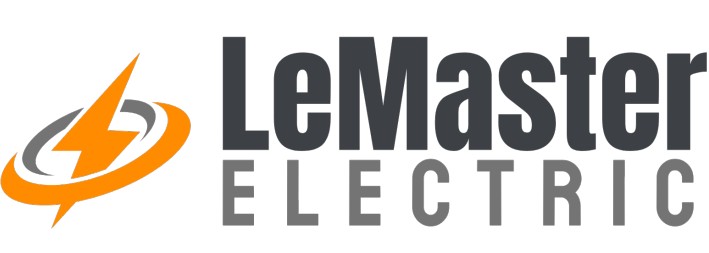EV Infrastructure
EV Charging Infrastructure: A Market Built to Withstand Slowdowns

For commercial developers, property managers, and contractors, this isn’t just a clean-energy movement. It’s a durable market shift—one that’s resilient against short-term fluctuations and positioned for decades of sustained growth.
1. The Growth Is Structural, Not Speculative
The U.S. EV charging infrastructure market was valued at approximately $5.09 billion in 2024 and is projected to grow at a 30.3% compound annual growth rate (CAGR) through 2030, reaching an estimated $24 billion (Grand View Research, 2024).
Globally, projections show the EV charging market expanding into the hundreds of billions by the early 2030s (Fortune Business Insights, 2024). That level of consistent growth isn’t a bubble—it’s the result of structural transformation in how we power transportation and commercial properties.
Even amid broader market slowdowns, the charging sector continues to expand. In Q2 2025, public charging installations in the U.S. grew by roughly 5%, proving the market’s resilience (Wood Mackenzie, 2025).
2. Policy Support Creates Long-Term Stability
Unlike many commercial sectors tied solely to private demand, EV infrastructure is reinforced by federal and state policy commitments. The Bipartisan Infrastructure Law and subsequent funding programs are driving billions into charging expansion, with federal goals targeting 500,000 public chargers by 2030.
The International Energy Agency (IEA) projects that the U.S. will need 900,000 public chargers by 2030 and over 1.7 million by 2035 to meet national electrification goals. That means the work isn’t discretionary—it’s essential infrastructure, on par with telecom or water utilities.
3. Broad Market Segments Drive Demand
The EV charging market’s resilience stems from its diversified demand base:
Fleet Electrification: Logistics, delivery, and service fleets are transitioning rapidly to electric, creating large-scale charging requirements at depots and maintenance yards.
Commercial Real Estate: Property owners and REITs are integrating EV charging into tenant improvements and redevelopment projects to meet sustainability standards.
Municipal & Utility Projects: Local governments are deploying chargers across transit hubs, parking facilities, and public-use sites.
This diversity protects the industry from single-sector slowdowns. The work doesn’t hinge on consumer spending—it’s driven by infrastructure modernization and long-term energy strategy.
4. Reliability Is Improving, Not Declining
Early adopters faced challenges with charger uptime and interoperability. Those issues are being addressed quickly through federal reliability standards, network upgrades, and improved hardware manufacturing.
Recent analysis shows overall U.S. network reliability improving even as total installations rise (EV Infrastructure News, 2025). The industry’s maturity is increasing confidence for investors and developers, keeping capital flowing even during broader market volatility.
5. Why This Matters for Commercial Construction
For general contractors, developers, and property managers, the takeaway is clear: EV infrastructure is not a short-term opportunity—it’s the new foundation of commercial development.
Electrical capacity planning, load management, and system design for EV readiness are now part of standard preconstruction conversations. Businesses investing in power infrastructure today are positioning their properties for the next decade of operation and compliance.
At LeMaster Electric, we’ve seen this trend firsthand across tenant improvements, new construction, and multi-state EV deployments. The demand for technically proficient, code-compliant electrical construction is only increasing—and it’s anchored by one constant: the need for scalable, reliable power systems.
The Bottom Line: Electrification Is the New Baseline
Market conditions shift, interest rates rise and fall, but electrification is here to stay. EV infrastructure isn’t a niche investment—it’s a national priority supported by legislation, private capital, and operational necessity.
The pace of installations may adjust regionally, but the direction of the market is unchanging: forward.
Commercial electrical contractors with the ability to execute EV infrastructure at scale—safely, efficiently, and in compliance with multi-state requirements—will define the next decade of progress.
LeMaster Electric delivers the power systems that drive this transformation—commercial EV infrastructure, tenant improvements, and new construction—engineered for performance, compliance, and long-term reliability.




